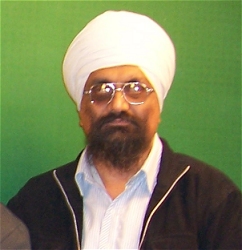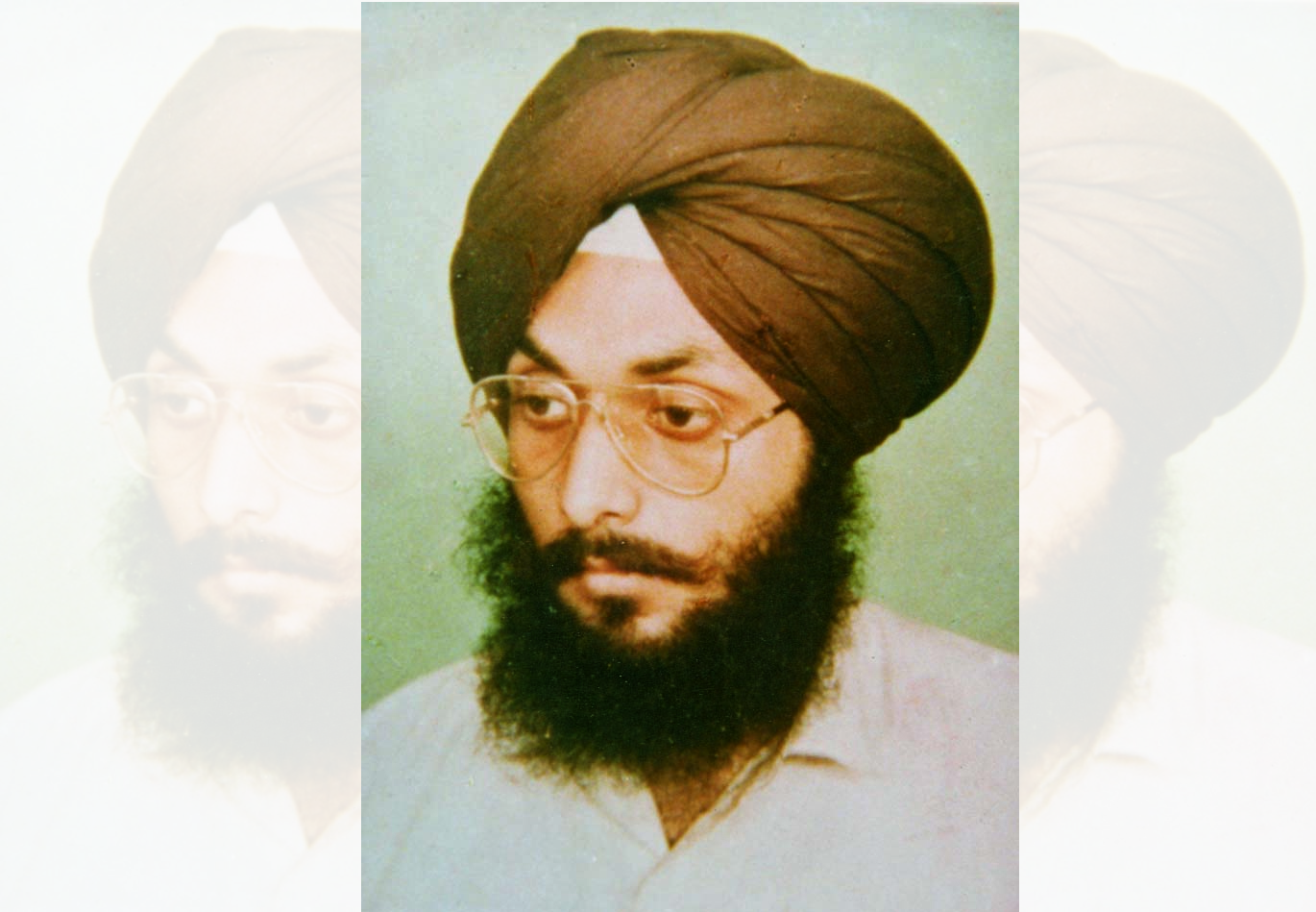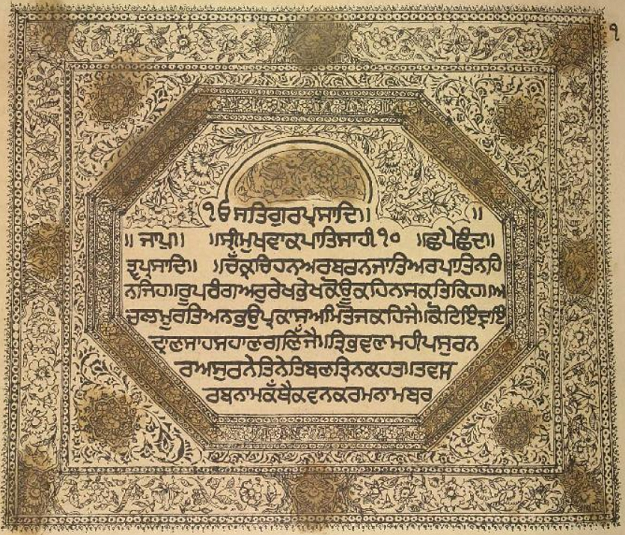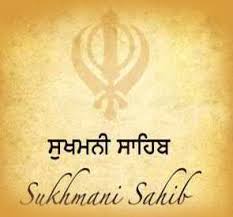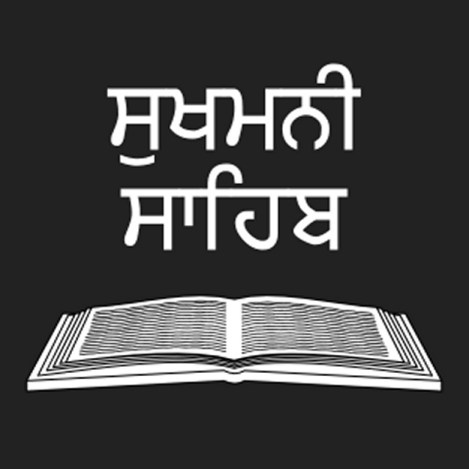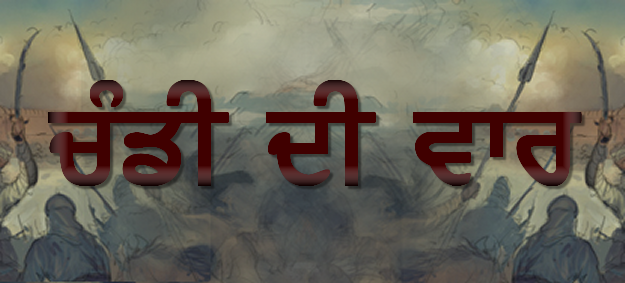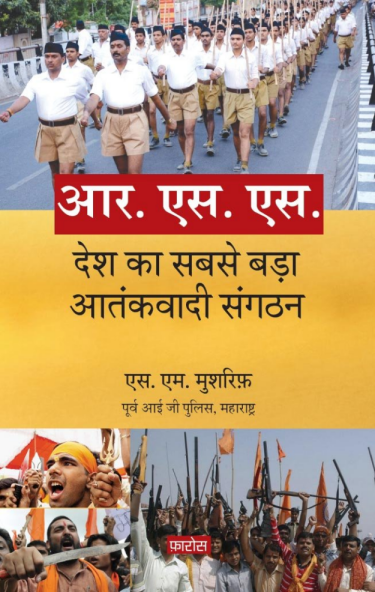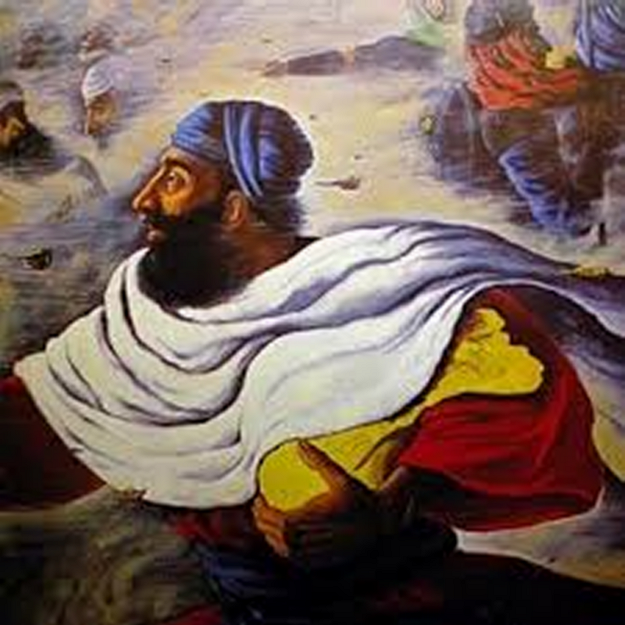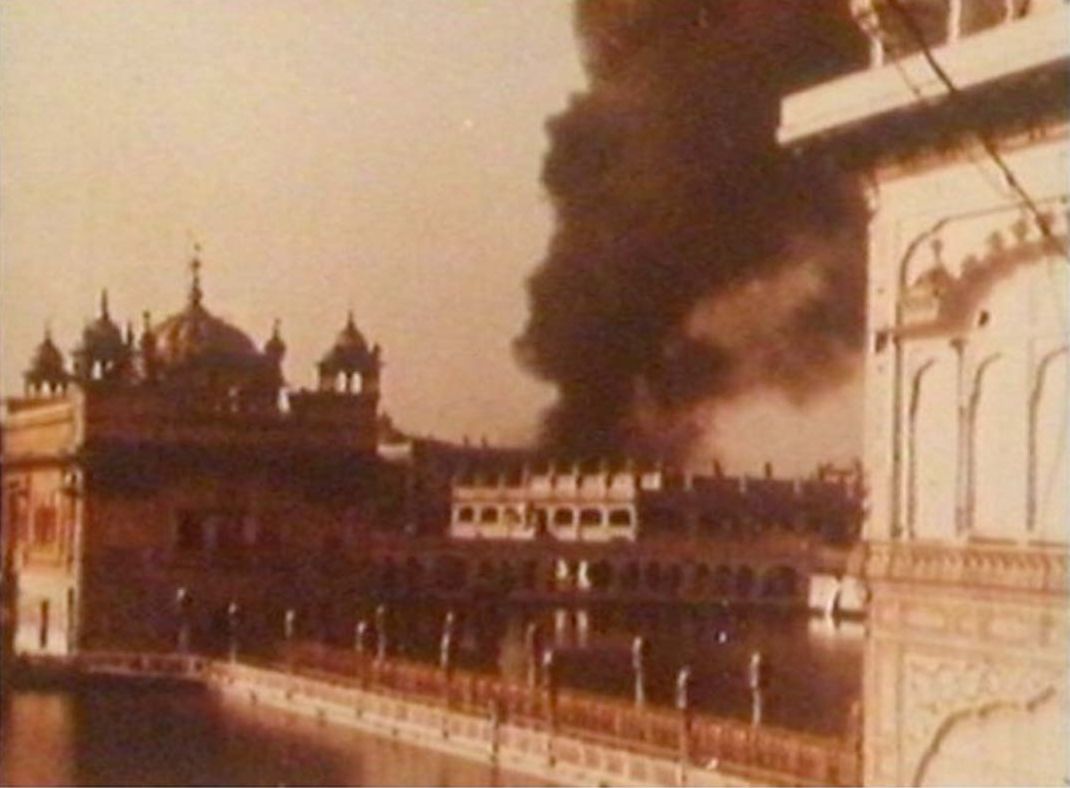
A Photo Essay by Human Rights Organization ENSAAF
In June 1984, the Indian Army attacked Harmandir Sahib, popularly known
as the Golden Temple, as well as over 40 other gurdwaras (Sikh places of
worship) throughout Punjab. The attacks, codenamed “Operation Blue
Star,” killed thousands of civilians trapped inside the gurdwaras. This
assault marked the beginning of a policy of gross human rights
violations in Punjab that continues to have profound implications for
the rule of law in India.
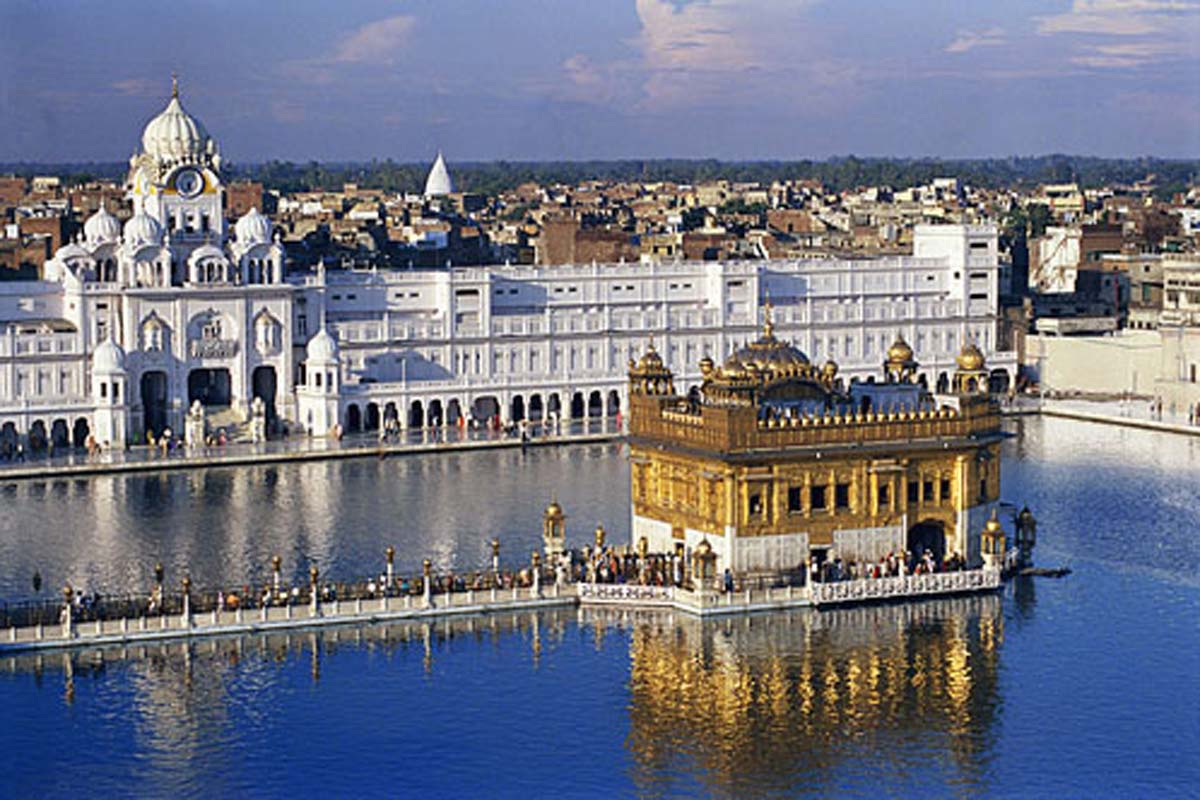
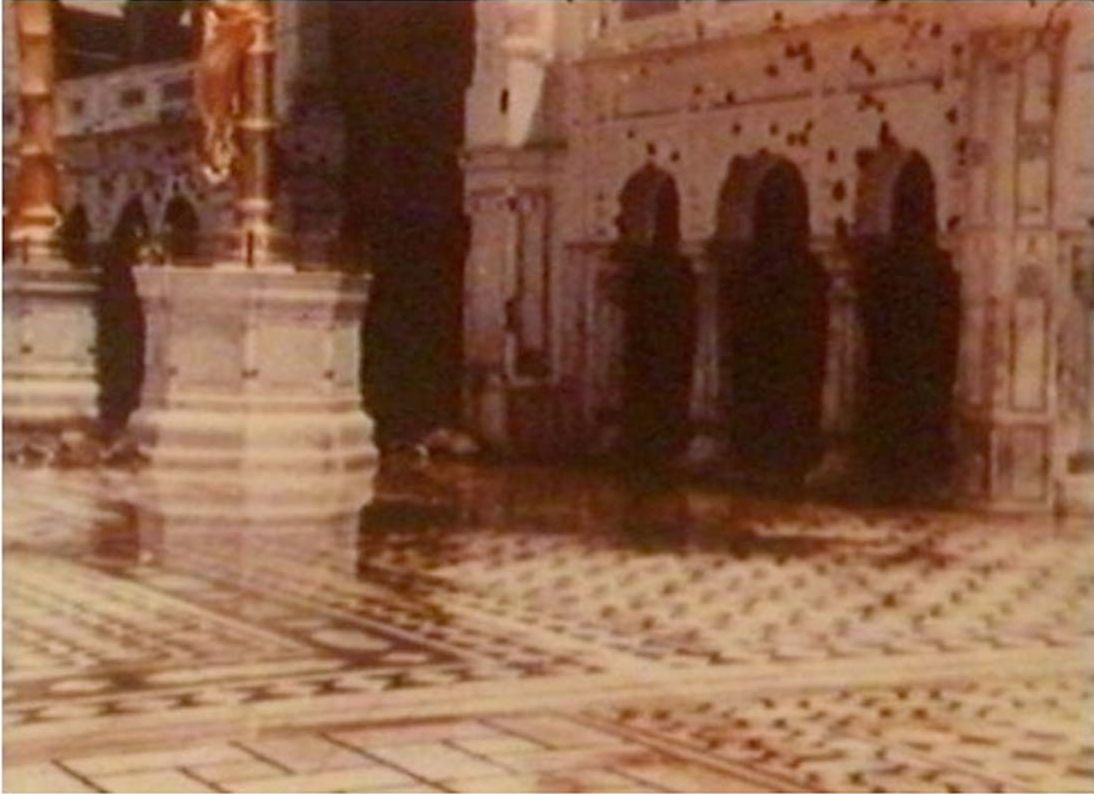
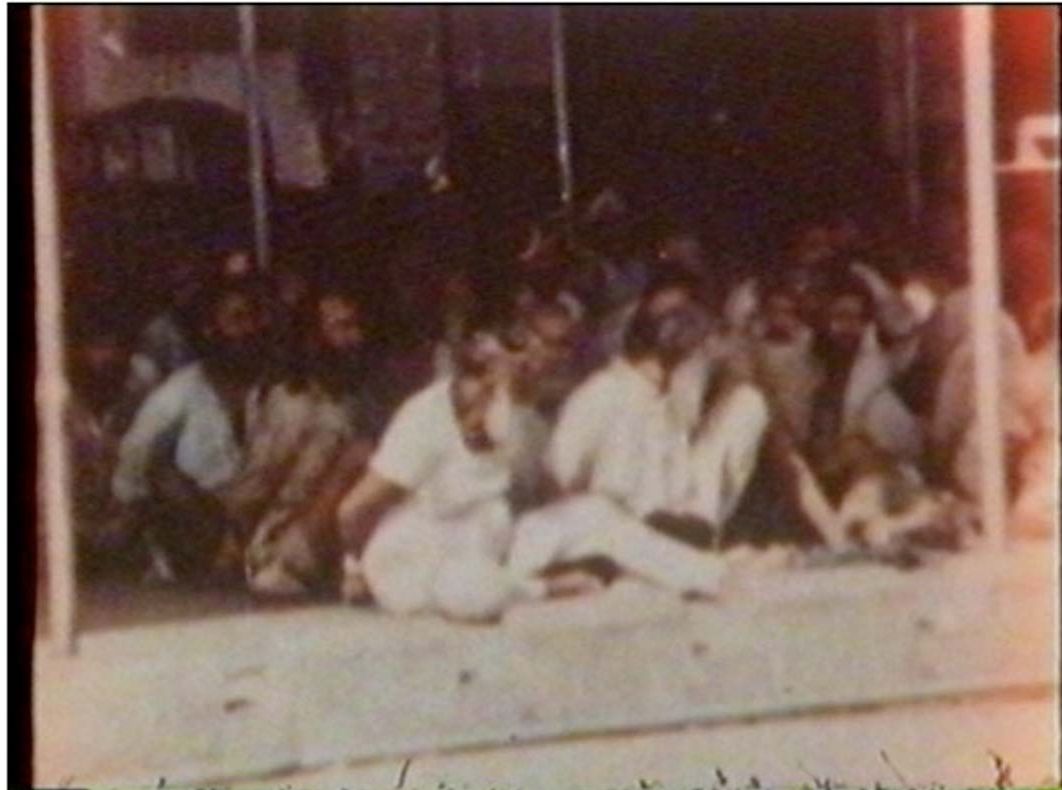
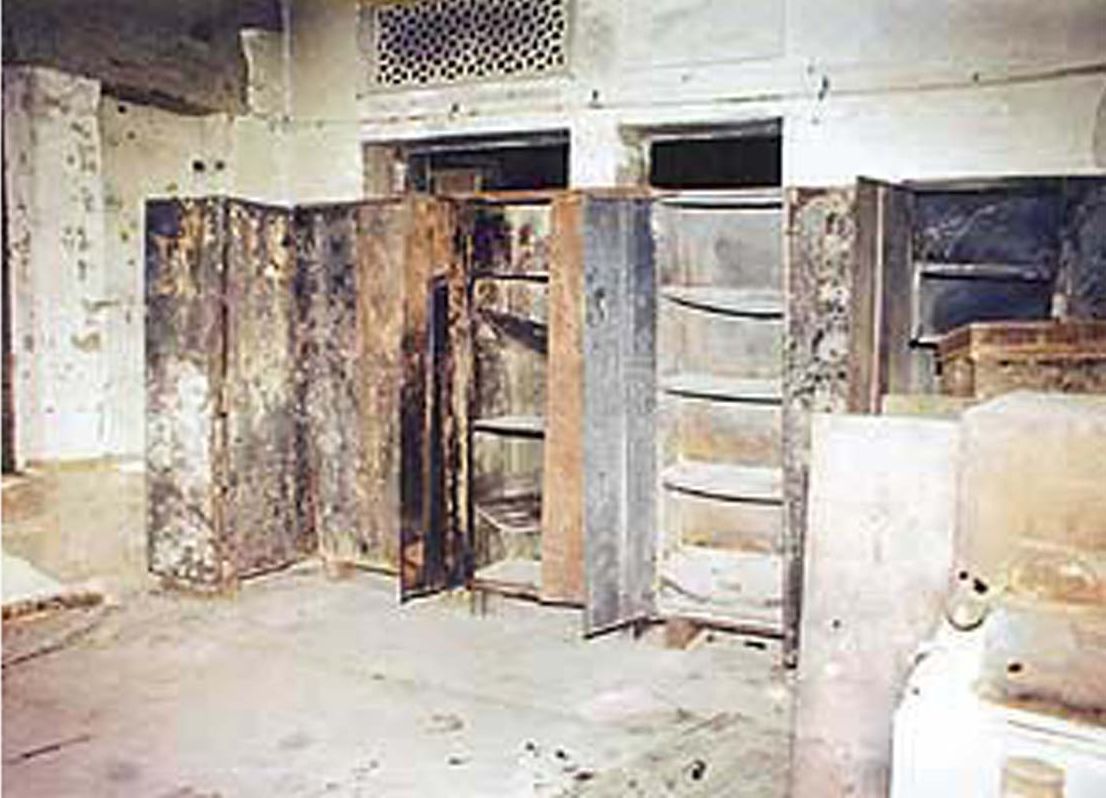
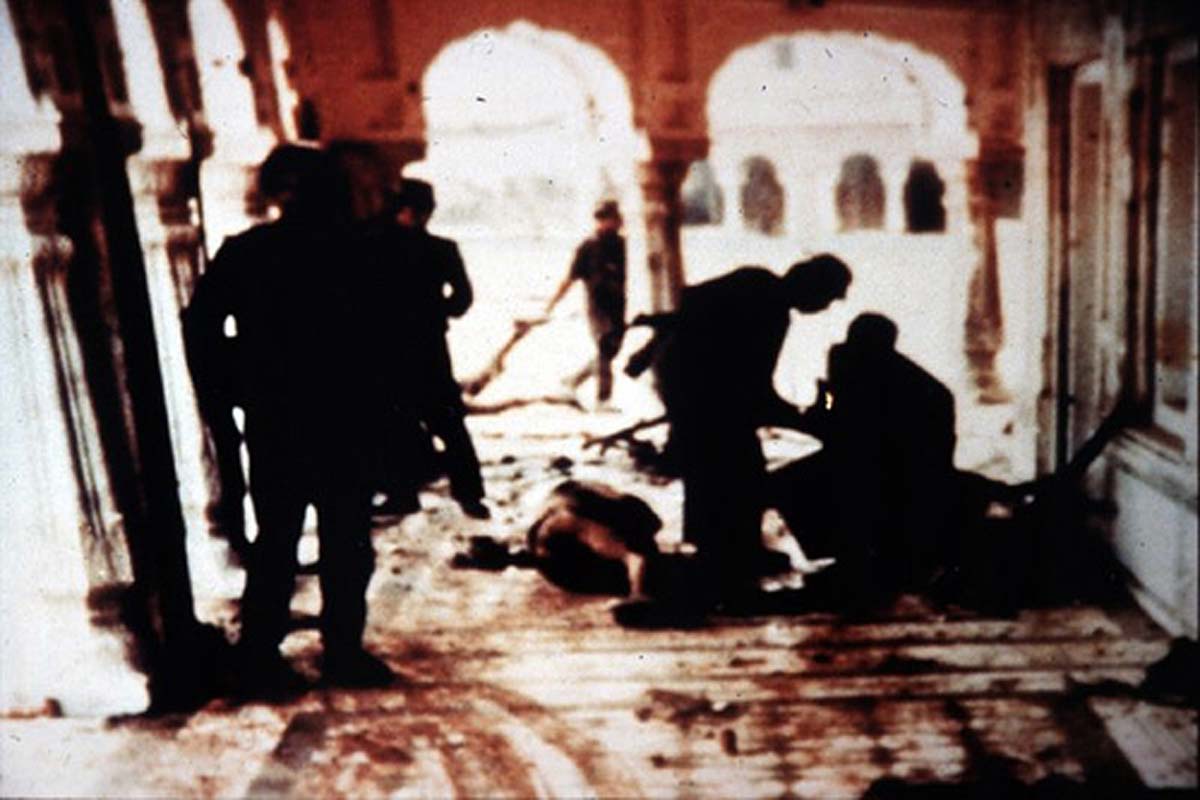
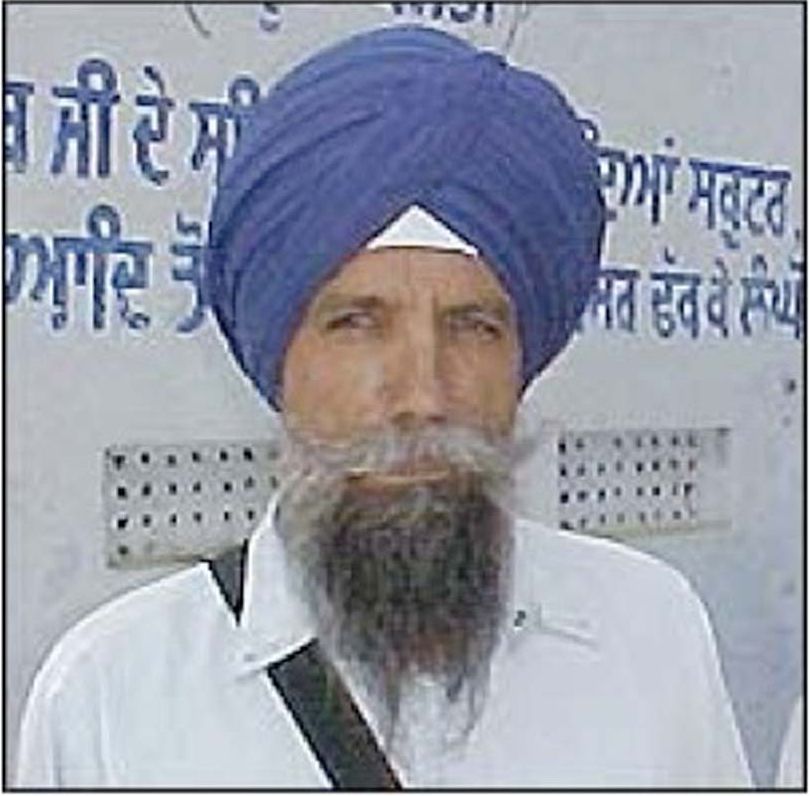
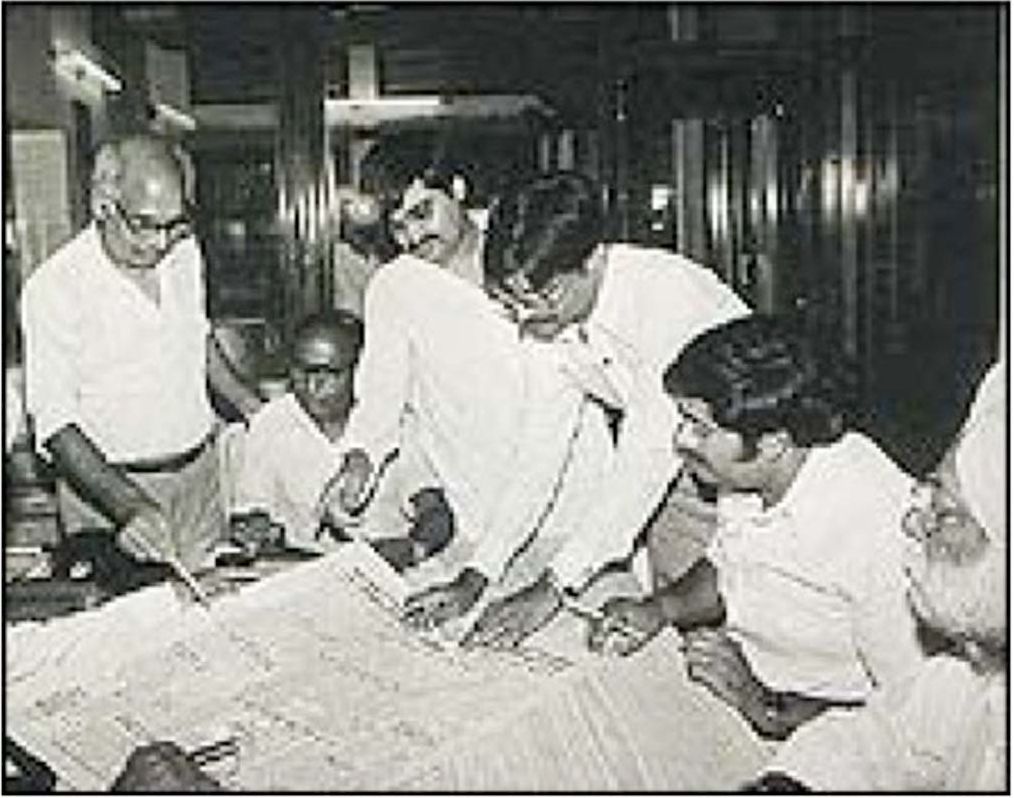
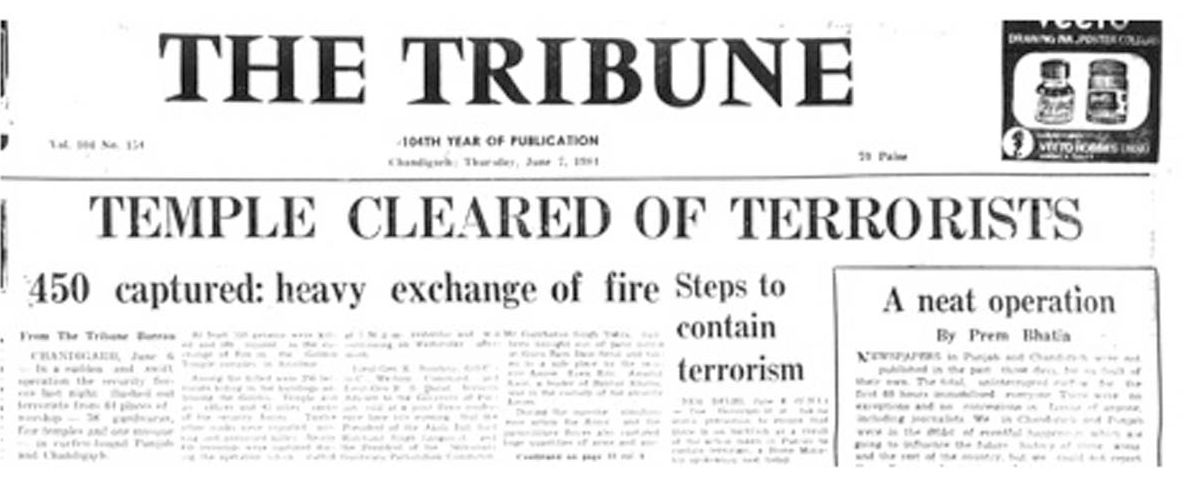
Read Ensaaf’s report Twenty Years of Impunity.


